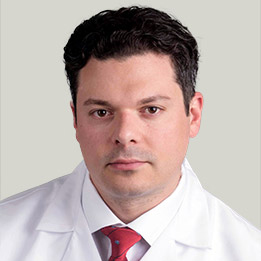Clean Teeth = Faster Treatment
GRAYSLAKE & GURNEE, ILLINOIS – You’ve just gotten braces and you’re already counting the days until you get them off.
Do you want to make sure you finish your treatment on time or even a little early? Brush and floss your teeth. Yes, that’s right. A good oral hygiene routine can actually help speed along your treatment. Watch this video to learn how to floss while wearing braces and read the rest of the post for more details about this.
A common oral hygiene complication we see – particularly in patients who are new to orthodontic treatment – is gingivitis. Gingivitis is inflammation that causes the gums to appear puffy and red. It is the first stage of gum disease and it is caused by poor oral hygiene. Getting the hang of brushing and flossing around brackets and arch wires can be tricky for some patients, but it’s imperative that you are diligent about mastering this routine.
Here’s why: a large portion of orthodontic treatment centers on tooth movement. Teeth are easiest to move when they are free of tartar and plaque, and your gums are healthy. Inflamed gums can actually hinder tooth movement and make your mouth more prone to irritations that can cause increased discomfort from your orthodontic appliances, says Dr. Michael Stosich, an orthodontist who treats residents of Grayslake, Gurnee, Round Lake and other neighboring communities. If uncorrected, it can lead to gum recession and more serious forms of gum disease, which can usher in a whole new set of problems.
As we said earlier, gingivitis is more prevalent in patients who are in the early stages of orthodontic treatment because they often are still getting used to life with braces. Additional oral hygiene tools that we give you are necessary to ensure you clean your teeth and gums appropriately. These tools include:
- Soft picks – these can help dislodge bits of food that get stuck beneath arch wires and between brackets.
- Interdental brushes – these tools help clean around orthodontic appliances and in wide spaces between teeth.
- Floss threaders – these make it easier for guiding floss under arch wires so you can effectively floss teeth.
Being diligent with daily oral hygiene goes a long way toward preventing gingivitis and other complications. Braces, arch wires, ligatures and bands all have the potential to trap food particles that can lead to bacteria growth.
Once you have gingivitis, it can cause your gums to bleed when you brush and floss. Gingivitis is reversible, and the best way to cure it is to continue brushing and flossing effectively to get rid of the bacteria and infection that are present in your gums.
While speedy treatment is appealing in the short-term, please remember that a lifetime of good oral hygiene habits will help you, well, for life.
“Orthodontic treatment is an investment not only in your smile, but in your self-confidence and your overall health,” says Dr. Stosich, an expert in orthodontics for adults and children. “Taking care of your teeth during and after your treatment protects that investment.”
If you are in treatment via a removable system such as Invisalign or Invisalign Teen, it’s easier for you to maintain your regular oral hygiene routine. However, your aligners can harbor unhealthy bacteria that can cause tooth decay. Remember to be diligent in regularly cleaning those aligners. You can do this by soaking them in hydrogen peroxide or denture cleaner. There also are products on the market similar to denture cleaner that are designed for retainers and aligners.
We hope you find this information helpful in ensuring your orthodontic treatment is a success!
© 2013 Dr. Michael Stosich. Authorization to post is granted, with the stipulation that Dr. Michael Stosich is credited as sole source. Linking to other sites from this article is strictly prohibited, with the exception of herein imbedded links.


